Charles M. Kozierok The TCP-IP Guide
Подождите немного. Документ загружается.


The TCP/IP Guide - Version 3.0 (Contents) ` 791 _ © 2001-2005 Charles M. Kozierok. All Rights Reserved.
BGP Route Information Exchange: Update Messages
Once BGP speakers have made contact and a link has been established using Open
messages, the devices begin the actual process of exchanging routing information. Each
BGP router uses the BGP Decision Process to select certain routes to be advertised to its
peer. This information is then placed into BGP Update messages, which are sent to every
BGP device for which a session has been established. These messages are the way that
network reachability knowledge is propagated around the internetwork.
Each Update message contains either one or both of the following:
☯ Route Advertisement: The characteristics of a single route.
☯ Route Withdrawal: A list of networks that are no longer reachable.
Only one route can be advertised in an Update message, but several can be withdrawn.
This is because withdrawing a route is simple; it requires simply the address of the network
for which the route is being removed. In contrast, a route advertisement requires a fairly
complex set of path attributes to be described, which takes up a significant amount of
space. (Note that it is possible for an Update to only specify withdrawn routes and not
advertise a route at all.)
BGP Update Message Format
Because of the amount of information it contains, and the complexity of that information,
BGP Update messages use one of the most complicated structures in all of TCP/IP. The
basic structure of the message is described in Table 139, and illustrated in Figure 194. As
you can see in that table, several of the fields have their own substructure. The Attribute
Type subfield of the Path Attributes field has itself a complex substructure, which I have
shown separately in Table 140 to avoid overloading Table 139.
When you examine this format, you may find it confusing that there can be more than one
prefix in the NLRI field, given that I just said that an Update message advertises only one
route. There is in fact no inconsistency here. A single route may be associated with more
than one network; or, to put it another way, multiple networks may have the same path and
path attributes. In that case, specifying multiple network prefixes in the same Update is
more efficient than generating a new one for each network.
Table 139: BGP Update Message Format (Page 1 of 3)
Field Name
Size
(bytes)
Description
Marker 16
Marker: This large field at the start of each BGP message is used for
synchronization and authentication. See the discussion of the BGP general
message format for details.
Length 2
Length: The total length of the message in bytes, including the fields of the
header. Update messages are variable in length.
Type 1 Type: BGP message type, value is 2 for Update messages.
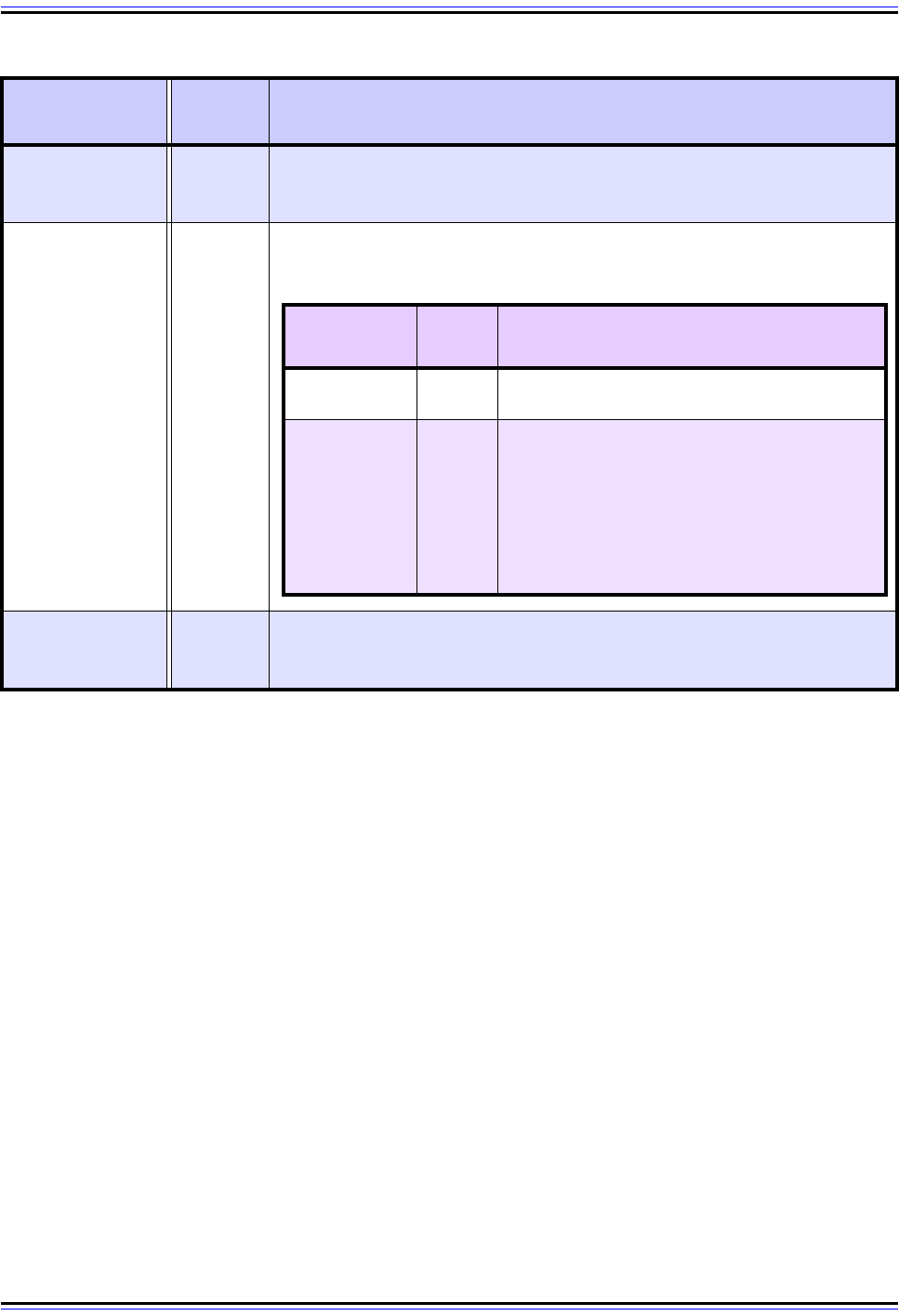
The TCP/IP Guide - Version 3.0 (Contents) ` 792 _ © 2001-2005 Charles M. Kozierok. All Rights Reserved.
Unfeasible
Routes Length
2
Unfeasible Routes Length: The length of the Withdrawn Routes field, in
bytes. If 0, no routes are being withdrawn and the Withdrawn Routes field
is omitted.
Withdrawn
Routes
Variable
Total Path
Attribute Length
2
Total Path Attribute Length: The length of the Path Attributes field, in
bytes. If 0, indicates no route is being advertised in this message, so Path
Attributes and Network Layer Reachability Information are omitted.
Table 139: BGP Update Message Format (Page 2 of 3)
Field Name
Size
(bytes)
Description
Withd
rawn
R
ou
t
es:
S
pec
ifi
es
th
e a
dd
resses o
f
ne
t
wor
k
s
f
or w
hi
c
h
rou
t
es
are being withdrawn from use. Each address is specified using the
following substructure:
Subfield
Name
Size
(bytes)
Description
Length 1
Length: The number of bits in the IP address
Prefix subfield below that are significant.
Prefix Variable
Prefix: The IP address prefix of the network
whose route is being withdrawn. If the number of
bits in the prefix is not a multiple of 8, this field is
padded with zeroes so it falls on a byte boundary.
The length of this field is 1 byte if the preceding
Length field is 8 or less; 2 bytes if it is 9 to 16; 3
bytes if it is 17 to 24; and 4 bytes if 25 or greater.
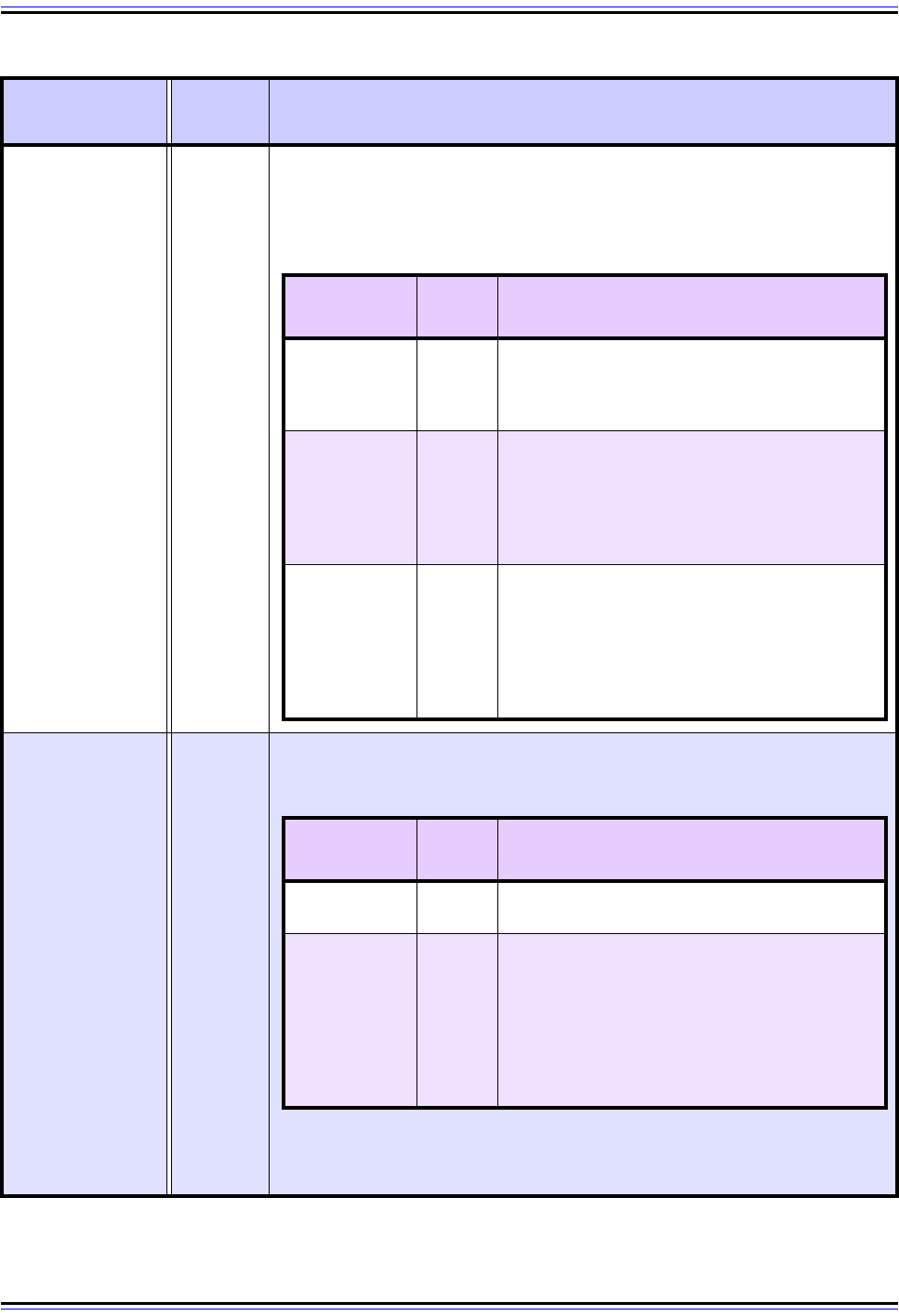
The TCP/IP Guide - Version 3.0 (Contents) ` 793 _ © 2001-2005 Charles M. Kozierok. All Rights Reserved.
Path Attributes Variable
Network Layer
Reachability
Information
Variable
Table 139: BGP Update Message Format (Page 3 of 3)
Field Name
Size
(bytes)
Description
P
a
th
Att
r
ib
u
t
es:
D
escr
ib
es
th
e pa
th
a
tt
r
ib
u
t
es o
f
th
e rou
t
e a
d
ver
ti
se
d
.
Since some attributes require more information than others, attributes are
described using a flexible structure that minimizes message size compared
to using fixed fields that would often be empty. Unfortunately it also makes
the field structure confusing. ☺ Each attribute has the following subfields:
Subfield
Name
Size
(bytes)
Description
Attribute Type 2
Attribute Type: A two-byte subfield that defines
the type of attribute and describes it. This subfield
itself has a two-level substructure, so it won’t even
fit it here! See Table 140.
Attribute
Length
1 or 2
Attribute Length: The length of the attribute in
bytes. This field is normally one byte, allowing for
fields with a length up to 255 bytes. For longer
attributes, the Extended Length flag is set (see
Table 140), indicating that this Attribute Length
field is two bytes, for attributes up to 65,535 bytes.
Attribute Value Variable
Attribute Value: The value of the attribute. The
size and meaning of this field depends on the type
of path attribute. For example, for an Origin
attribute it is a single integer value indicating the
origin of the route; for an AS_Path attribute this
field contains a variable-length list of the auton-
omous systems in the path to the network.
N
e
t
wor
k
L
ayer
R
eac
h
a
bilit
y
I
n
f
orma
ti
on
(NLRI)
:
C
on
t
a
i
ns a
li
s
t
o
f
IP
address prefixes for the route being advertised. Each address is specified
using the same general structure as that used for Withdrawn Routes:
Unlike most of the other fields in the Update message, the length of the
NLRI field is not explicitly stated. It is computed from the overall message
Length field, less the lengths of the other fields that are explicitly specified.
Subfield
Name
Size
(bytes)
Description
Length 1
Length: The number of bits in the Prefix field
below that are significant.
Prefix Variable
Prefix: The IP address prefix of the network
whose route is being advertised. If the number of
bits in the prefix is not a multiple of 8, this field is
padded with zeroes so it falls on a byte boundary.
The length of this field is 1 byte if the preceding
Length field is 8 or less; 2 bytes if it is 9 to 16; 3
bytes if it is 17 to 24; and 4 bytes if 25 or greater.

The TCP/IP Guide - Version 3.0 (Contents) ` 794 _ © 2001-2005 Charles M. Kozierok. All Rights Reserved.
Table 140: Details of BGP Update Message Attribute Type Subfield
Sub-subfield
Name
Size
(bytes)
Description
Attribute Flags 1
Attribute Type
Code
1
Att
r
ib
u
t
e
Fl
ags:
A
se
t
o
f
fl
ags
th
a
t
d
escr
ib
e
th
e na
t
ure o
f
th
e a
tt
r
ib
u
t
e an
d
how to process it (you may need to refer to the path attributes description to
make sense of these flags):
Sub-Sub-
Subfield
Name
Size
(bytes)
Description
Optional
1/8
(1 bit)
Optional Bit: Set to 1 for optional attributes; 0 for
well-known attributes.
Transitive
1/8
(1 bit)
Transitive Bit: Set to 1 for optional transitive
attributes; 0 for optional non-transitive attributes.
Always set to 1 for well-known attributes.
Partial
1/8
(1 bit)
Partial Bit: When 1, indicates that information
about an optional transitive attribute is “partial”.
This means that since it was optional and
transitive, one or more of the routers that passed
the path along did not implement that attribute but
was forced to pass it along, so information about it
may be missing (not supplied by the routers that
didn't recognize it but just passed it along). If 0,
means information is complete. This bit has
meaning only for optional transitive attributes; for
well-known or non-transitive attributes it is 0.
Extended
Length
1/8
(1 bit)
Extended Length Bit: Set to 1 for long attributes,
to indicate that the Attribute Length field is two
bytes in size. Normally 0, meaning the Attribute
Length field is a single byte.
Reserved
4/8
(4 bits)
Reserved: Set to zero and ignored.
Att
r
ib
u
t
e
T
ype
C
o
d
e:
A
num
b
er
th
a
t
id
en
tifi
es
th
e a
tt
r
ib
u
t
e
t
ype.
C
urren
t
values are:
Value Attribute Type
1 Origin
2 AS_Path
3 Next_Hop
4 Multi_Exit_Disc (MED)
5 Local_Pref
6 Atomic_Aggregate
7 Aggregator

The TCP/IP Guide - Version 3.0 (Contents) ` 795 _ © 2001-2005 Charles M. Kozierok. All Rights Reserved.
Figure 194: BGP Update Message Format
This diagram shows the complete BGP Update message format, including a set of withdrawn routes, path
attributes and NLRI entries. The exploded view shows the substructure of the Attribute Type subfield of Path
Attributes, as described in Table 140.
Marker
(128 bits)
Length Type = 2
Withdrawn Route #1
Length
Withdrawn Route #1 Prefix
Withdrawn Route #N
Length
Withdrawn Route #N Prefix
Total Path Attribute Length Attribute Type #1
Attribute Length #1 Attribute Value #1
Attribute Type #N Attribute Length #N
4 8 12 16 20 24 28 320
Unfeasible Routes
Length (1 of 2)
Unfeasible Routes
Length (2 of 2)
... ...
...
480
Attribute Flags
Attribute Type Code
Optional
Bit
Trans-
itive Bit
Par tial
Bit
Extended
Length Bit
Reserved
1612
Attribute Value #N
Network Layer Reachability
Information #1 Prefix
NLRI #1 Length
NLRI #N Length
Network Layer Reachability
Information #N Prefix
Withdrawn Routes
Path Attributes
Network Layer
Reachability Information
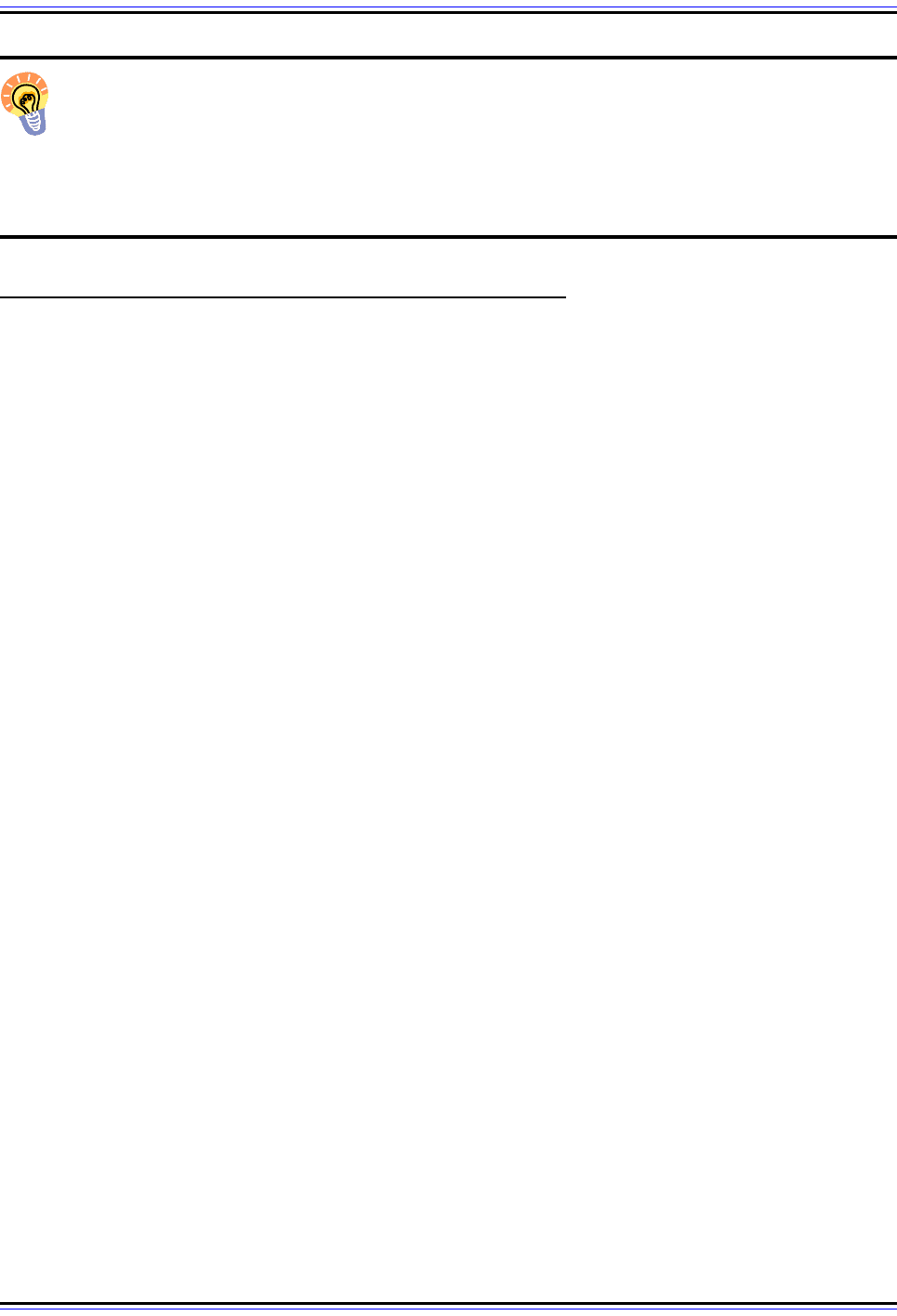
The TCP/IP Guide - Version 3.0 (Contents) ` 796 _ © 2001-2005 Charles M. Kozierok. All Rights Reserved.
Key Concept: The most important message type in BGP is the Update message,
which is used to send detailed information about routes between BGP devices. It
uses a complex structure that allows a BGP speaker to efficiently specify new routes,
update existing ones, and withdraw routes that are no longer valid. Each message may
include the full description of one existing route, and may also withdraw from use a list of
multiple routes.
BGP Connectivity Maintenance: Keepalive Messages
Once a BGP connection is established using Open messages, BGP peers will initially use
Update messages to send each other a large amount of routing information. They will then
settle into a routine, where the BGP session is maintained, but Update messages are sent
only when needed. Since these updates correspond to route changes, and route changes
are normally infrequent, this means many seconds may elapse between receipt of consec-
utive Update messages.
The BGP Hold Timer and Keepalive Message Interval
While a BGP peer is waiting to hear the next Update message, it remains sort of like a
person who has been put “on hold” on the telephone. Now, seconds may not seem like
much to us, but to a computer they are a very long time. Like you, a BGP speaker that is put
on hold for too long might become impatient, and start to wonder if maybe the other guy
hung up on them. Computers don't get offended at being put on hold, but they might wonder
if perhaps a problem arose that led to the connection being interrupted.
To keep track of how long it has been on hold, each BGP device maintains a special hold
timer. This hold timer is set to an initial value each time its peer sends a BGP message. It
then counts down until the next message is received, when it is reset. If the hold timer ever
expires, the connection is assumed to have been interrupted and the BGP session is
terminated.
The length of the hold timer is negotiated as part of session setup using Open messages. It
must be at least three seconds long, or may be negotiated as a value of zero. If zero, the
hold timer is not used; this means the devices are “infinitely patient” and don't care how
much time elapses between messages.
To ensure that the timer doesn't expire even when no Updates need to be sent for a long
while, each peer periodically sends a BGP Keepalive message. The name says it all: the
message just keeps the BGP connection alive. The rate at which Keepalive messages is
sent is implementation-dependent, but the standard recommends that they be sent with an
interval of one-third the value of the hold timer. So if the hold timer has a value of three
seconds, each peer sends a Keepalive every second (unless it needs to send some other
message type in that second). To prevent excess bandwidth use, Keepalives must be sent
no more often than once per second, so that is the minimum interval even if the hold timer is
shorter than three seconds.
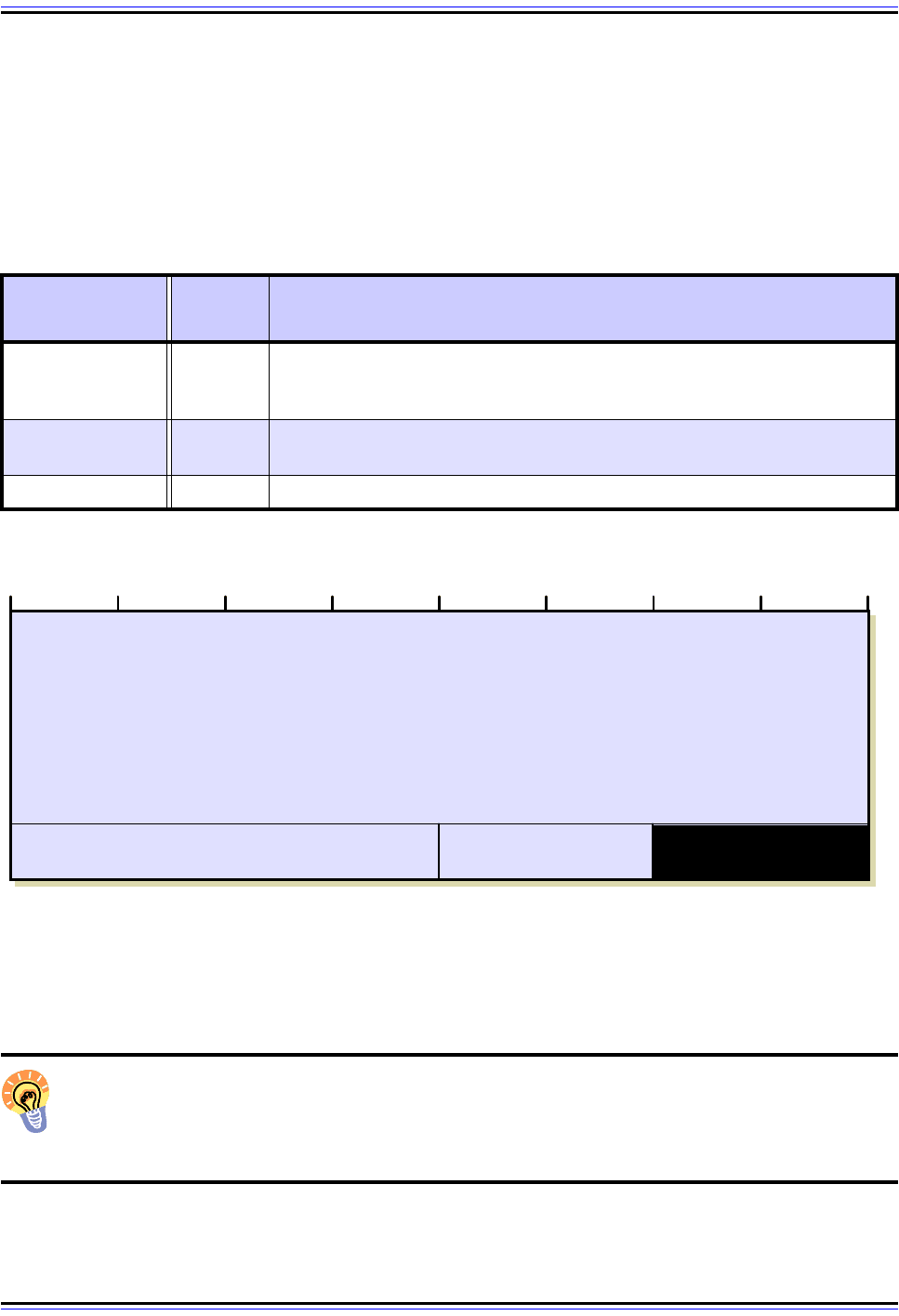
The TCP/IP Guide - Version 3.0 (Contents) ` 797 _ © 2001-2005 Charles M. Kozierok. All Rights Reserved.
BGP Keepalive Message Format
The point of a Keepalive message is the message itself; there's no data to be communi-
cated. In fact, we want to keep the message short and sweet. Thus, it is really a “dummy”
message containing only a BGP header—a nice change after that incredibly long Update
message format! The format of the Keepalive message can be found in Table 141 and
Figure 195.
There is also one other, special use of Keepalive messages: as acknowledgment of receipt
of a valid Open message during initial BGP session setup.
Key Concept: BGP Keepalive messages are sent periodically during idle periods
when no real information needs to be sent between connected BGP speakers. They
serve only to keep the session alive, and thus contain only a BGP header and no
data.
Table 141: BGP Keepalive Message Format
Field Name
Size
(bytes)
Description
Marker 16
Marker: This large field at the start of each BGP message is used for
synchronization and authentication. See the discussion of the BGP general
message format for details.
Length 2
Length: The total length of the message in bytes, including the fields of the
header. Keepalive messages are fixed in length at 19 bytes.
Type 1 Type: BGP message type, value is 4 for Keepalive messages.
Figure 195: BGP Keepalive Message Format
Marker
(128 bits)
Length = 19
Type = 4
4 8 12 16 20 24 28 320

The TCP/IP Guide - Version 3.0 (Contents) ` 798 _ © 2001-2005 Charles M. Kozierok. All Rights Reserved.
BGP Error Reporting: Notification Messages
Once established, a BGP session will remain open for a considerable period of time,
allowing routing information to be exchanged between devices on a regular basis. During
the course of operation, certain error conditions may crop up that may interfere with normal
communication between BGP peers. Some of these are serious enough that the BGP
session must be terminated. When this occurs, the device detecting the error will inform its
peer of the nature of the problem by sending it a BGP Notification message, and then close
the connection.
Of course, having someone tell you “I found an error, so I quit” is not of much value.
Therefore, the BGP Notification message contains a number of fields that provide infor-
mation about the nature of the error that caused the message to be sent. This includes a set
of primary error codes, as well as subcodes within some of these error codes. Depending
on the nature of the error, an additional data field may also be included to aid in diagnosing
the problem.
In addition to the use of Notification messages to convey the occurrence of an error, this
message type is also used for other purposes. For example, one may be sent if two devices
cannot agree on how to negotiate a session, which isn't, strictly speaking, an error. A Notifi-
cation message is also used to allow a device to tear down a BGP session for reasons
having nothing to do with an error.
BGP Notification Message Format
The format for the BGP Notification messages is detailed in Table 142 and Figure 196.
Table 142: BGP Notification Message Format
Field Name
Size
(bytes)
Description
Marker 16
Marker: This large field at the start of each BGP message is used for
synchronization and authentication. See the discussion of the BGP general
message format for details.
Length 2
Length: The total length of the message in bytes, including the fields of the
header. Notification messages are variable in length.
Type 1 Type: BGP message type, value is 3 for Notification messages.
Error Code 1
Error Code: Specifies the general class of the error. Table 143 shows the
possible error types with a brief description of each.
Error Subcode 1
Error Subcode: This field provides more specific indication of the cause of
the error for three of the Error Code values. The possible values of this field
for each Error Code value are shown in Table 144.
Data Variable
Data: This field contains additional information to help diagnose the error;
its meaning is dependent on the type of error specified in the Error Code
and Error Subcode fields. In most cases, this field is filled in with whatever
bad value caused the error to occur. For example, for “Message Header
Error / Bad Message Type”, the value of the bad Type field is placed here.
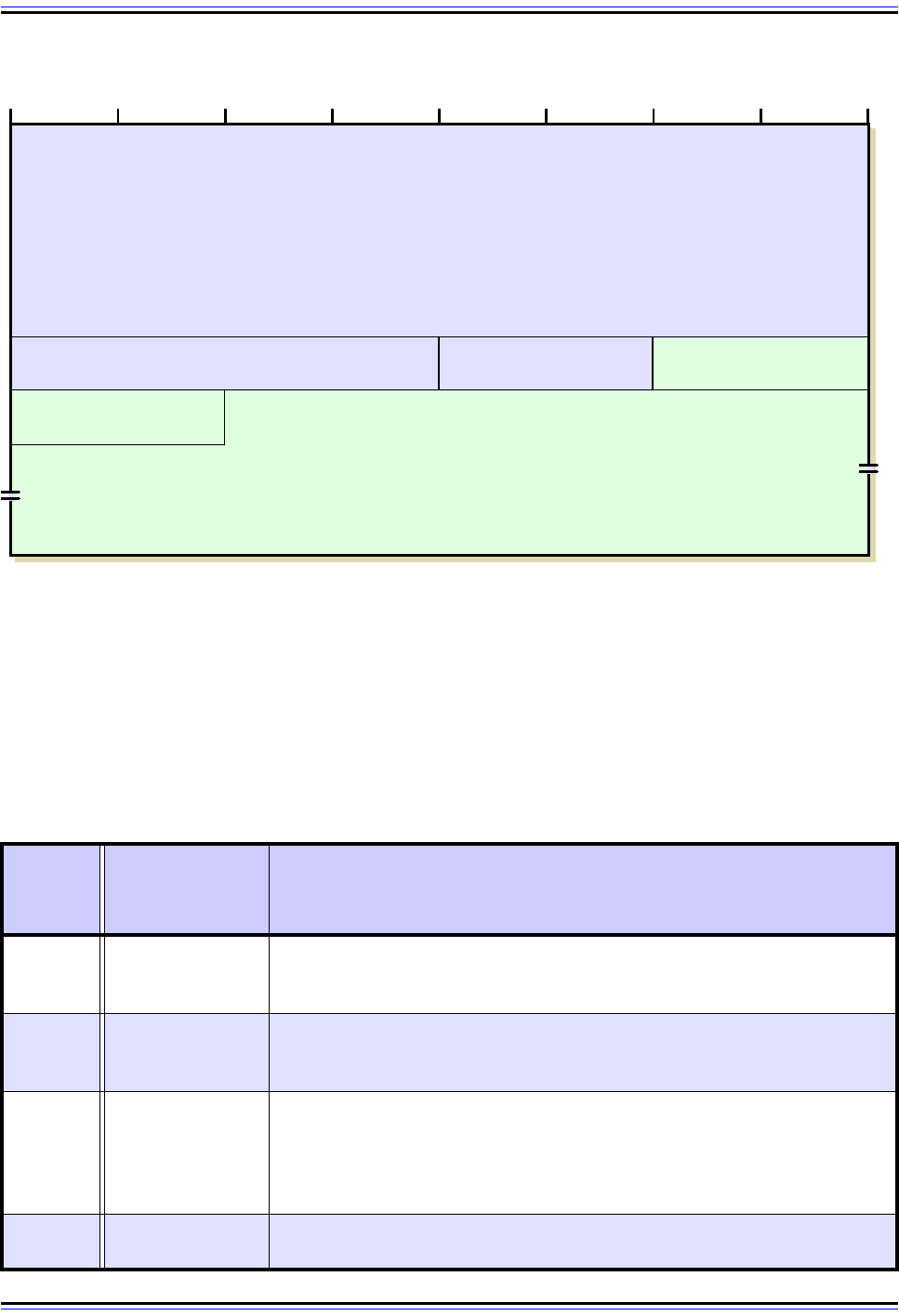
The TCP/IP Guide - Version 3.0 (Contents) ` 799 _ © 2001-2005 Charles M. Kozierok. All Rights Reserved.
BGP Notification Message Error Codes and Error Subcodes
Table 143 and Table 144 show the values permitted for the Error Code and Error Subcode
fields, respectively, and thus provide a good summary of the types of errors that Notification
messages can report (as well as demonstrating the other non-error uses of the message
type).
Figure 196: BGP Notification Message Format
Table 143: BGP Notification Message Error Codes (Page 1 of 2)
Error
Code
Value
Code Name Description
1
Message Header
Error
A problem was detected either with the contents or length of the BGP
header. The Error Subcode provides more details on the nature of the
problem.
2
Open Message
Error
A problem was found in the body of an Open message. The Error Subtype
field describes the problem in more detail. Note that authentication failures
or inability to agree on a parameter such as hold time are included here.
3
Update Message
Error
A problem was found in the body of an Update message. Again, the Error
Subtype provides more information. Many of the problems that fall under
this code are related to issues detected in the routing data or path
attributes sent in the Update message, so these messages provide
feedback about such problems to the device sending the erroneous data.
4
Hold Timer
Expired
A message was not received before the hold time expired. See the
description of the Keepalive message for details on this timer.
Marker
(128 bits)
Length Type = 3 Error Code
Error Subcode
4 8 12 16 20 24 28 320
Data

The TCP/IP Guide - Version 3.0 (Contents) ` 800 _ © 2001-2005 Charles M. Kozierok. All Rights Reserved.
5
Finite State
Machine Error
The BGP finite state machine refers to the mechanism by which the BGP
software on a peer moves from one operating state to another based on
events (see the TCP finite state machine description for some background
on this concept). If an event occurs that is unexpected for the state the
peer is currently in, it will generate this error.
6 Cease
Used when a BGP device wants to break the connection to a peer for a
reason not related to any of the error conditions described by the other
codes.
Table 144: BGP Notification Message Error Subcodes (Page 1 of 2)
Error
Type
Error
Subcode
Value
Subcode Name Description
Message
Header
Error
(Error
Code 1)
1
Connection Not
Synchronized
The expected value in the Marker field was not found,
indicating that the connection has become unsynchro-
nized. See the description of the Marker field.
2 Bad Message Length
The message was less than 19 bytes, greater than 4096
bytes, or not consistent with what was expected for the
message type.
3 Bad Message Type The Type field of the message contains an invalid value.
Open
Message
Error
(Error
Code 2)
1
Unsupported Version
Number
The device does not “speak” the version number its peer
is trying to use.
2 Bad Peer AS
The router doesn't recognize the peer's autonomous
system number or is not willing to communicate with it.
3 Bad BGP Identifier The BGP Identifier field is invalid.
4
Unsupported Optional
Parameter
The Open message contains an optional parameter that
the recipient of the message doesn't understand.
5 Authentication Failure
The data in the Authentication Information optional
parameter could not be authenticated.
6
Unacceptable Hold
Time
The router refuses to open a session because the
proposed hold time its peer specified in its Open
message is unacceptable.
Table 143: BGP Notification Message Error Codes (Page 2 of 2)
Error
Code
Value
Code Name Description
